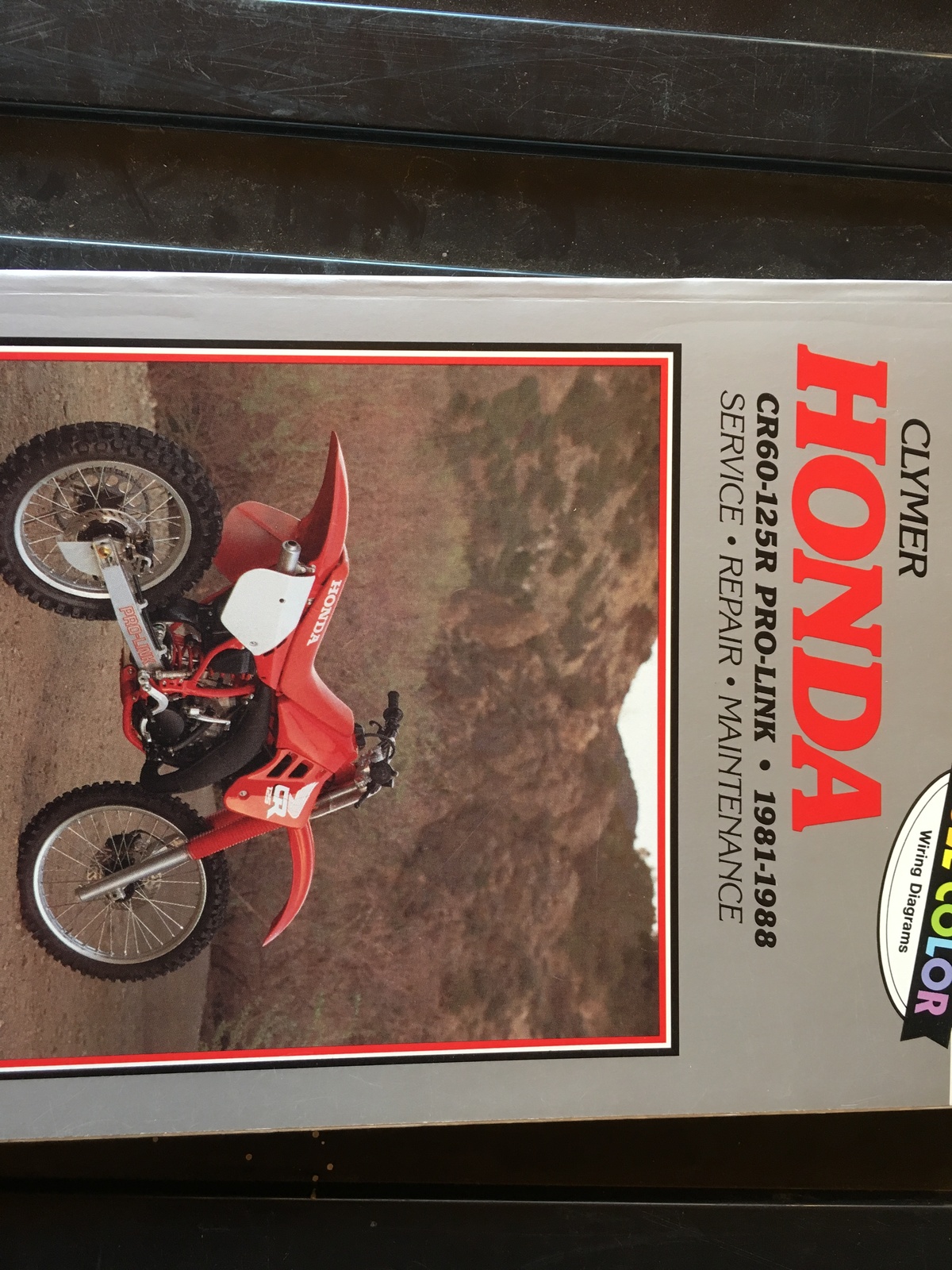

Calculate the connecting rod-to-piston pin clearance. Measure the connecting rod small end I.D. at three points and calculate the piston-to-piston pin clearance. Measure piston pin hole and take the maximum reading to determine the I.D. measurement and calculate the piston-to- cylinder clearance. Compare this measurement against the maximum cylinder I.D. 90° to the piston pin hole and at point 15 mm (0.6 in) from bottom of the piston skirt.

Insert each piston ring into the bottom of the cylinder squarely using the piston. Push the ring until the outer surface of the piston ring is nearly flush with the piston and measure the ring-to-ring groove clearance. The rings should be able to move in their grooves without catching. Inspect the piston rings for movement by rotating the rings. Check the top of the cylinder for warpage with a straight edge and feeler gauge across the studs and bolt holes. The cylinder must be rebored so that the clearance for an oversize piston is (see reference links) mm (see reference links). The four oversize pistons are available from 0.25 mm piston to 1.0 mm piston in intervals of 0.25 mm (0.010 in). The cylinder must be rebored and an oversize piston fitted if the service limits are exceeded. Take the maximum reading to determine the taper and out-of-round. Calculate the cylinder taper and out-of-round at three levels in an X and Y axis. Refer to your manual download for measurement of the piston O. SERVICE LIMIT: Always refer to the reference links above for service wear limits.Ĭalculate the cylinder-to-piston clearance. Take the maximum reading to determine the cylinder wear (see reference download for service limits for exact model and year). Inspect the cylinder bore for scratch(s) or wear. Never use a wire brush it will scratch the groove. Clean carbon deposits from the ring grooves with a ring that will be discarded. Spread each piston ring and remove it by lifting up at a point opposite the gap. Push the piston pin out of the piston and connecting rod, and remove the piston. Place a clean shop towel over the crankcase to prevent the clip from falling into the crankcase then remove the piston pin clips with pliers. Remove the cylinder head (see diagrams in reference download) and remove the following:ĭo not strike the cylinder too hard and do not damage the mating surface with a screwdriver.


 0 kommentar(er)
0 kommentar(er)
